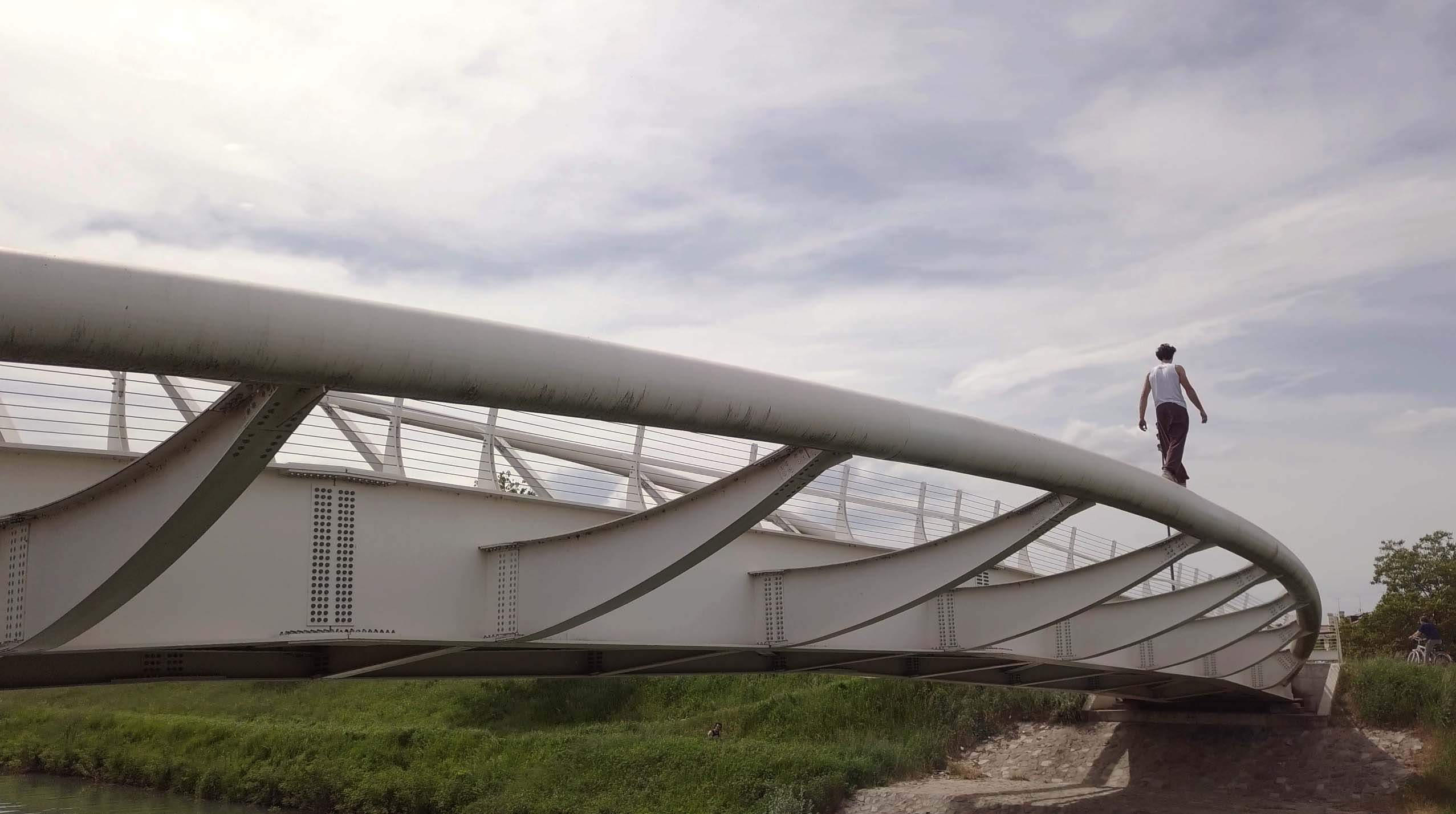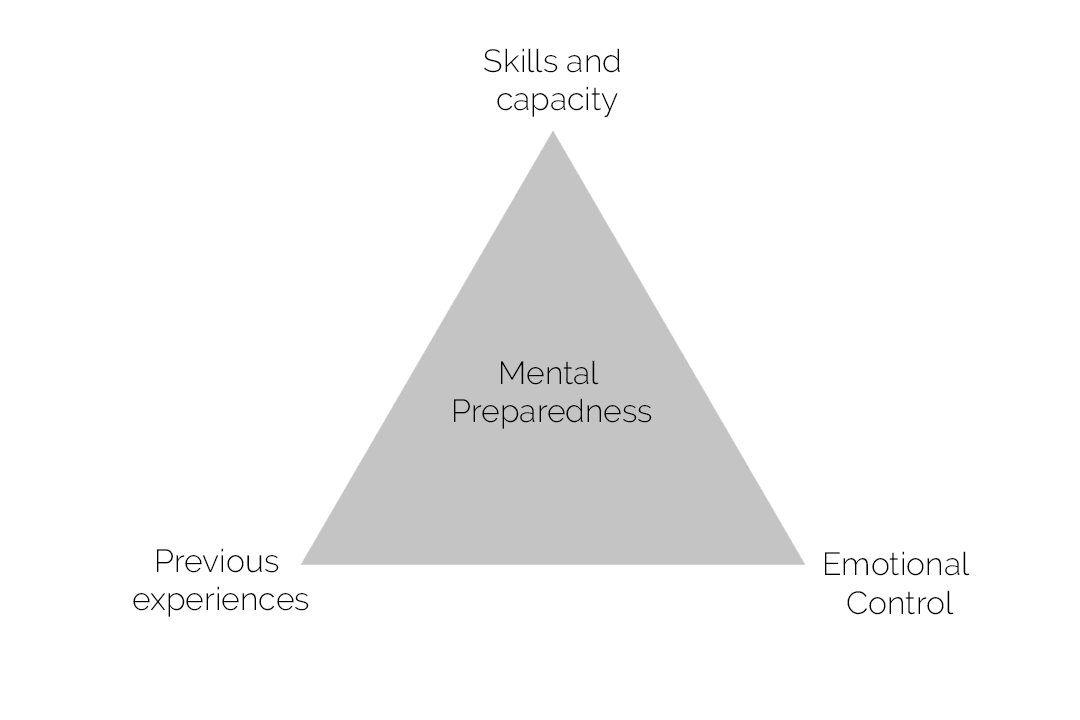I do not mean slightly difficult, but extremely tough.
Your body would try all that is in its power to avoid facing them and it will try to protect you in any possible way.
You think you are tired, busy, simply not ready. Not today, not like this. These are all excuses; protective mechanisms at their finest, trying to trick the mind to avoid putting yourself at risk.
Why? In an evolutionary sense, fear protects you from a potential death, that would also imply an inability of transmitting your genes to the next generation (1). One of the most valuable tools in a nutshell. As easy as that.
The body knows, you know, we all know – deep inside.
This may become a problem when the “fear of fear” is installed in people’s minds, creating as consequence illusions and misperceptions (2). Not experiencing fear while stepping into the world of risk can limit possibilities and discoveries. But how can we approach risk without blindly stepping into the darkness and getting irremediably hurt?
Follow me here.

For a given risk, only one performance outcome is possible, and that is relative to the individual level of preparedness.
This means: accept your state and what you can do. Move from there. Regress the scenarios to your possibilities.
The illusion lies in looking into situations that are too hard for an individual’s level of preparedness without adjusting them by a possible and realistic and controllable risk. Stepping over that line should not be an option.
For example: if it’s hard for you to climb a 5.2 (YDS), you don’t even think about free soloing El Capitan. It is simply not in the frame, it is way beyond it.
I am not saying don’t dream big, but keep the feet well grounded when walking your path.

You know Black Mirror’s “Arkangel” episode (4)? The mother that wants to control the daughter at all costs altering her perceptions to protect her from anything? Well, (spoiler alert) it doesn’t end well, doesn’t it?
Get the right amount of risk exposure, tune in your perceptions.
Mental Preparedness:
So, it appears clear that if you want to step up the game and access a wider range of possibilities you need to increase your preparedness. How? I’ll make it general now, and elaborate more in the future:

– expose yourself to a variety of scenarios and gain experience;
– widen your capacity and increase your skill set;
– learn how to better handle your emotions.
As you wait for some more insight, don’t get too cautious and make mistakes: smaller traumas protect us from bigger and more profound ones. As I use to say when I teach impacts management, there is a difference between Eu-traumas and Dis-traumas.
Eu = positive stress -> will make you grow.
Dis = negative stress -> will destroy you.
Get the Eu, discard the Dis. Don’t get injured, but don’t stop for a few scratches, it’s all part of the game.
To summarize:
Tune in your risks perception by gradually exposing yourself out of your comfort zone, experiencing fear. Let it guide your choices, let it protect you, help you, give you an advice when nobody else can.
Be careful not to fall into the illusion that there are more situations for a single state of risk and preparedness.
Then, increase your mental preparedness by gaining experience, increasing your skill set and learning how to channel and control emotions.
Is this getting any clearer?
Good. Next week I will present the acclimatization and the shock method to fear via height training and I will give you a practical scale that can be used to determine your level in the journey.
Until next week,
-Marcello.
Want to get some important info from me now and then?
Just the best and the most selected because I hate spammers as much as you do
- Dawkins, R. (1989). The selfish gene. Oxford: Oxford University Press.
- Reiss, S., Peterson, R., Gursky, D., & McNally, R. (1986). Anxiety sensitivity, anxiety frequency and the prediction of fearfulness. Behaviour Research And Therapy, 24(1), 1-8. doi: 10.1016/0005-7967(86)90143-9
- Arkangel (Black Mirror). (2018). Retrieved from https://en.wikipedia.org/wiki/Arkangel_(Black_Mirror)


Recent Comments